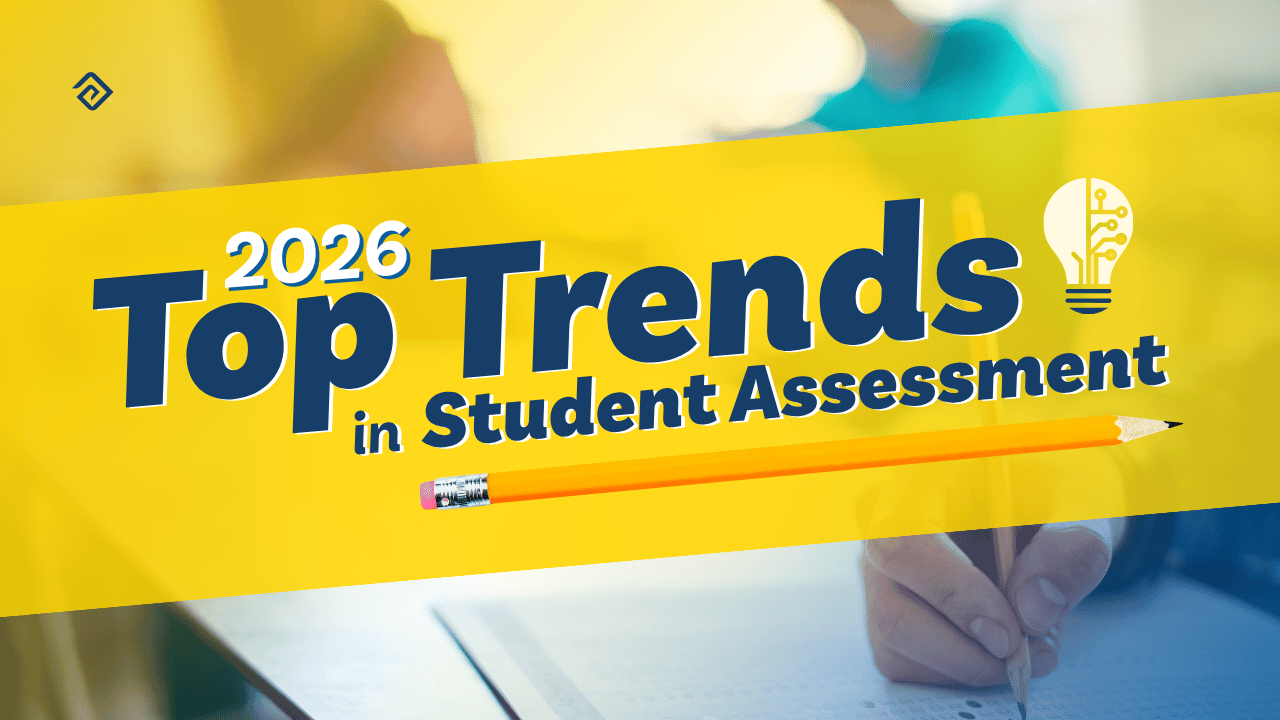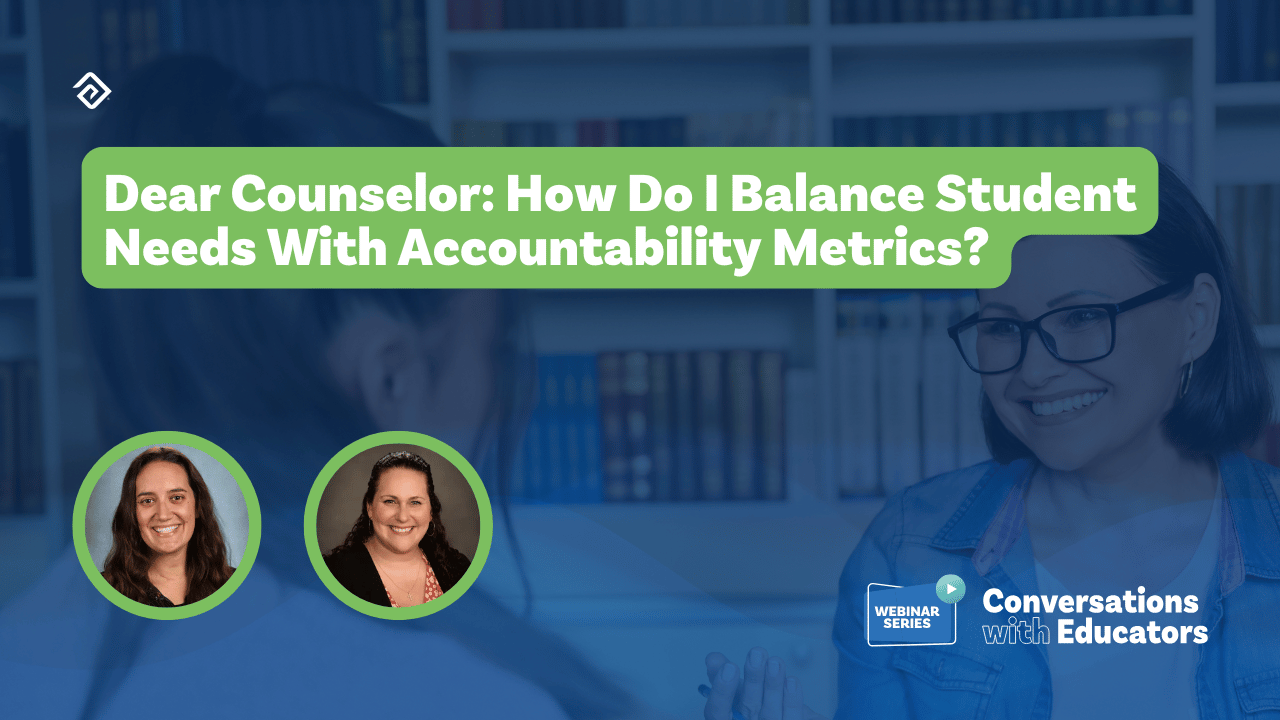The Quick Guide to Standards Based Curriculum
As educators, we know that a standards-based approach to developing a guaranteed and viable curriculum is imperative; however, beginning the process can feel like an overwhelming task. The purpose of this blog post is to provide an example roadmap for districts to follow as they embark on the development or revision of a standards-based curriculum.
Begin with the end in mind, the backward design approach to curriculum ensures that instruction will lead to the district’s intended student outcomes. In short, the district will identify the big ideas and overarching concepts of the course or content, then, determine the assessments that will demonstrate evidence of student achievement of the outcomes, and finally, plan the daily lessons and tasks that will lead to success on the assessments, and therefore, the intended learning outcomes.
The state and/or national standards that are associated with the course and content will determine the intended learning outcomes for the district. For this reason, finding clarity in the standards and involving teachers in every part of the curriculum development process is paramount. Finding clarity in the standards is more than just knowing which standards that are taught in a specific course or grade level and those that come before and after, it is truly understanding the content and its overall goal. A collaborative approach as well as a continual cycle of improvement develops a curriculum that is relevant and rigorous for all students in the district, not just one classroom or campus.
To achieve clarity in the standards, teachers must understand what the students need to know and be able to do as well as how to get them there to successfully develop the curriculum. In fact, teacher clarity of the curriculum and standards has a sizeable impact on student achievement. When a district is establishing a curriculum writing process, providing time for teachers to dig into the standards in order to both develop an understanding of what students need to learn and to communicate those intentions with students is essential. Because of this, teachers and students understand the success criteria and have an increased opportunity to achieve.
Below is one way to approach the collaborative work of finding standards clarity by moving through the standards to find success criteria:
- Determine priority standards
- Review test data
1. Where is there room for improvement?
2. Where are clusters of standards that are tested?
- Select a standard and have teachers reflect on the standard
1. Find areas to bundle together
- Unwrap the standards by identifying the verbs (identify, explain, etc.)
1. How will students show success?
2. Possibly incorporate Webb’s Depth of Knowledge to ensure cognitive rigor
- Incorporate the progression to from other grade levels
- Identify the key concepts and create learning targets
1. Learning targets can be written in student friendly language using “I can” statements
- Identify the success criteria
- Determine assessment item(s) to demonstrate mastery
1. Creating a rubric can be beneficial
After this work is complete, teachers can collaborate to plan the daily lessons and tasks for the students in their classroom. It is important to keep the lines of communication open throughout the school year to monitor the curriculum and make adjustments as needed. If possible, scheduling common planning time or PLCs can facilitate this ongoing process.



More Great Content
We know you'll love



